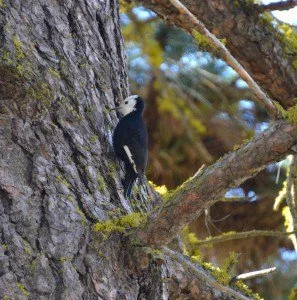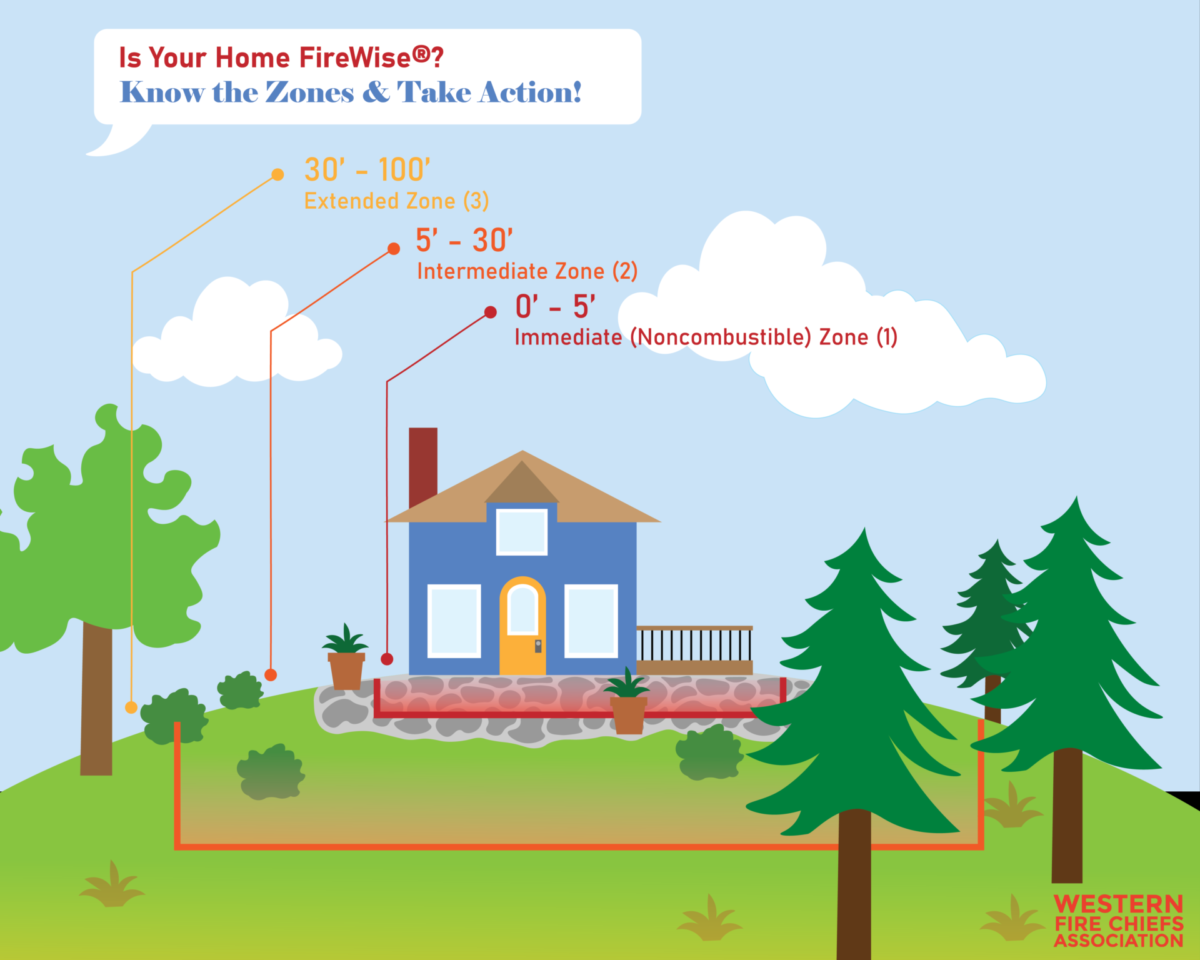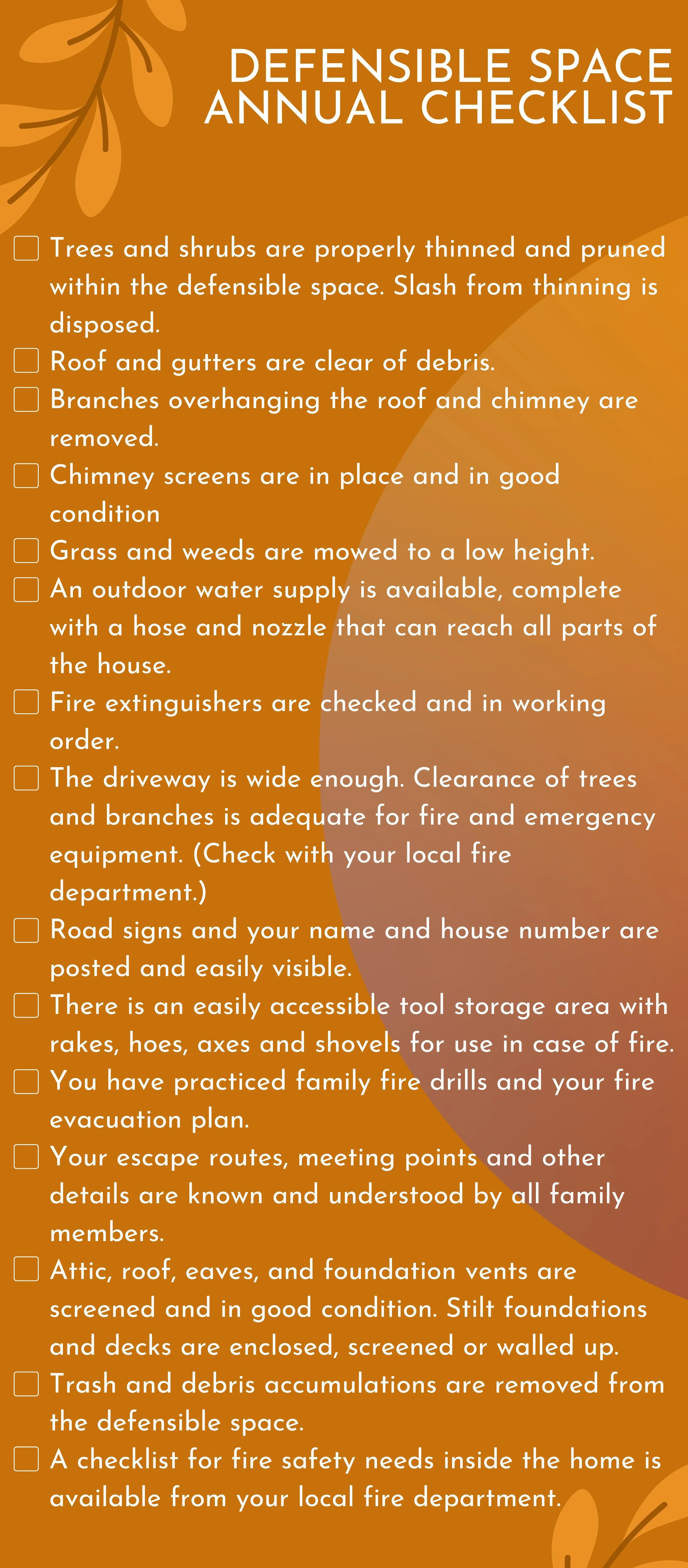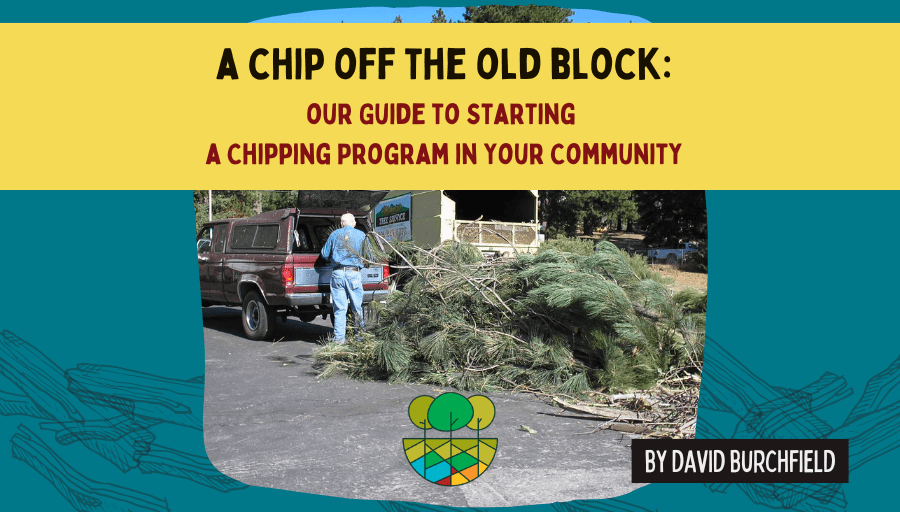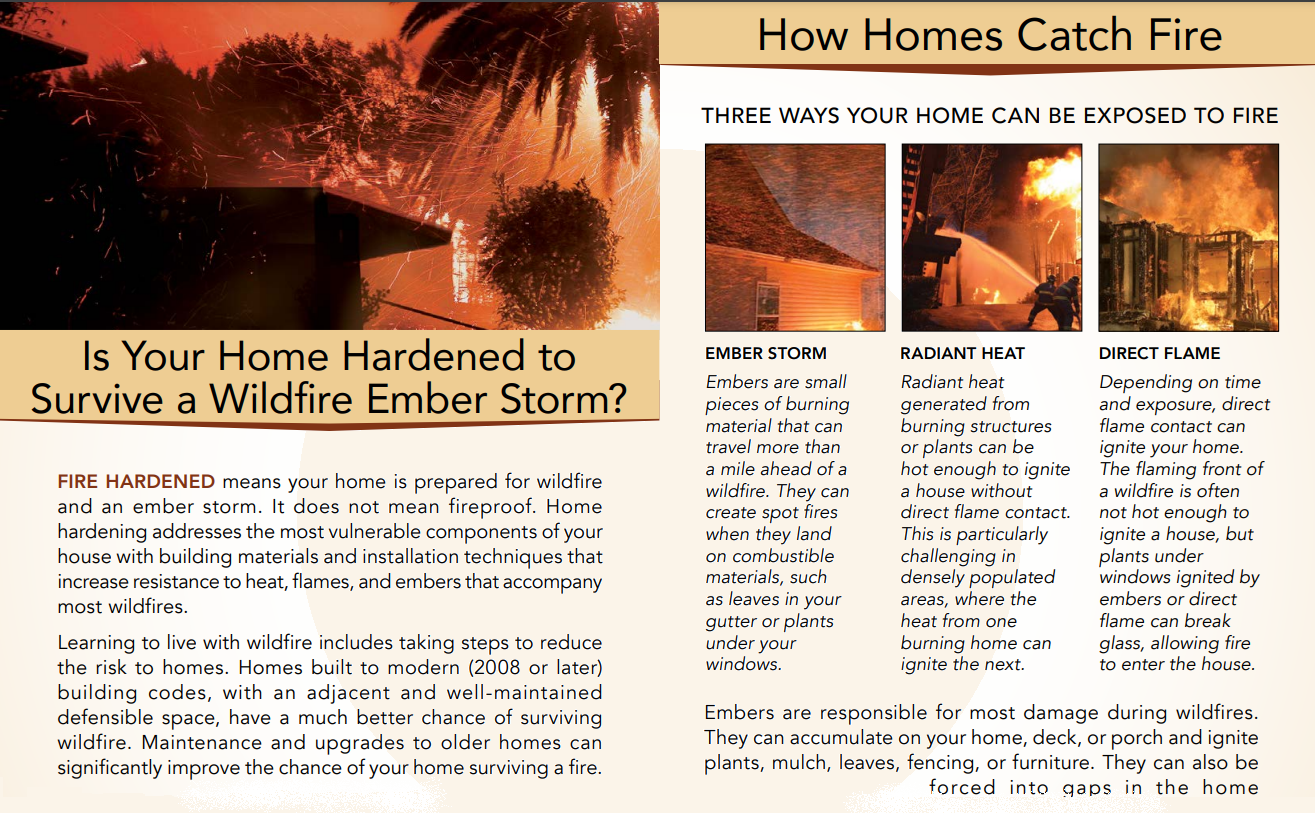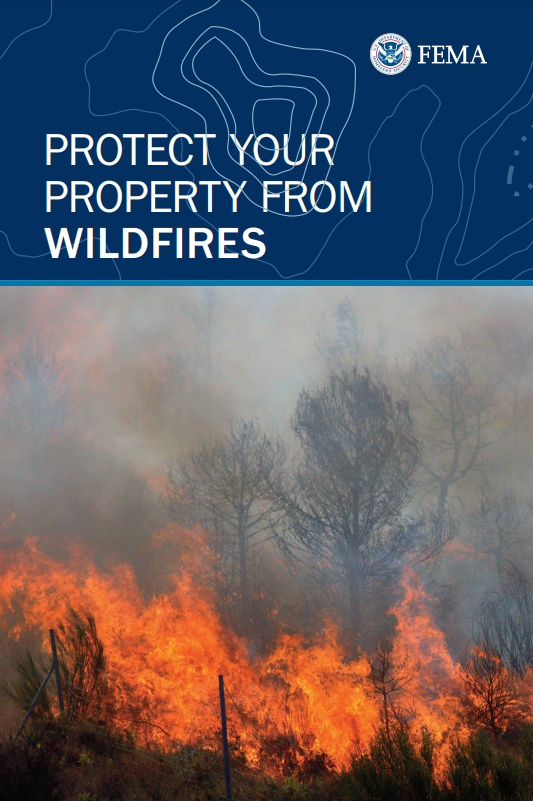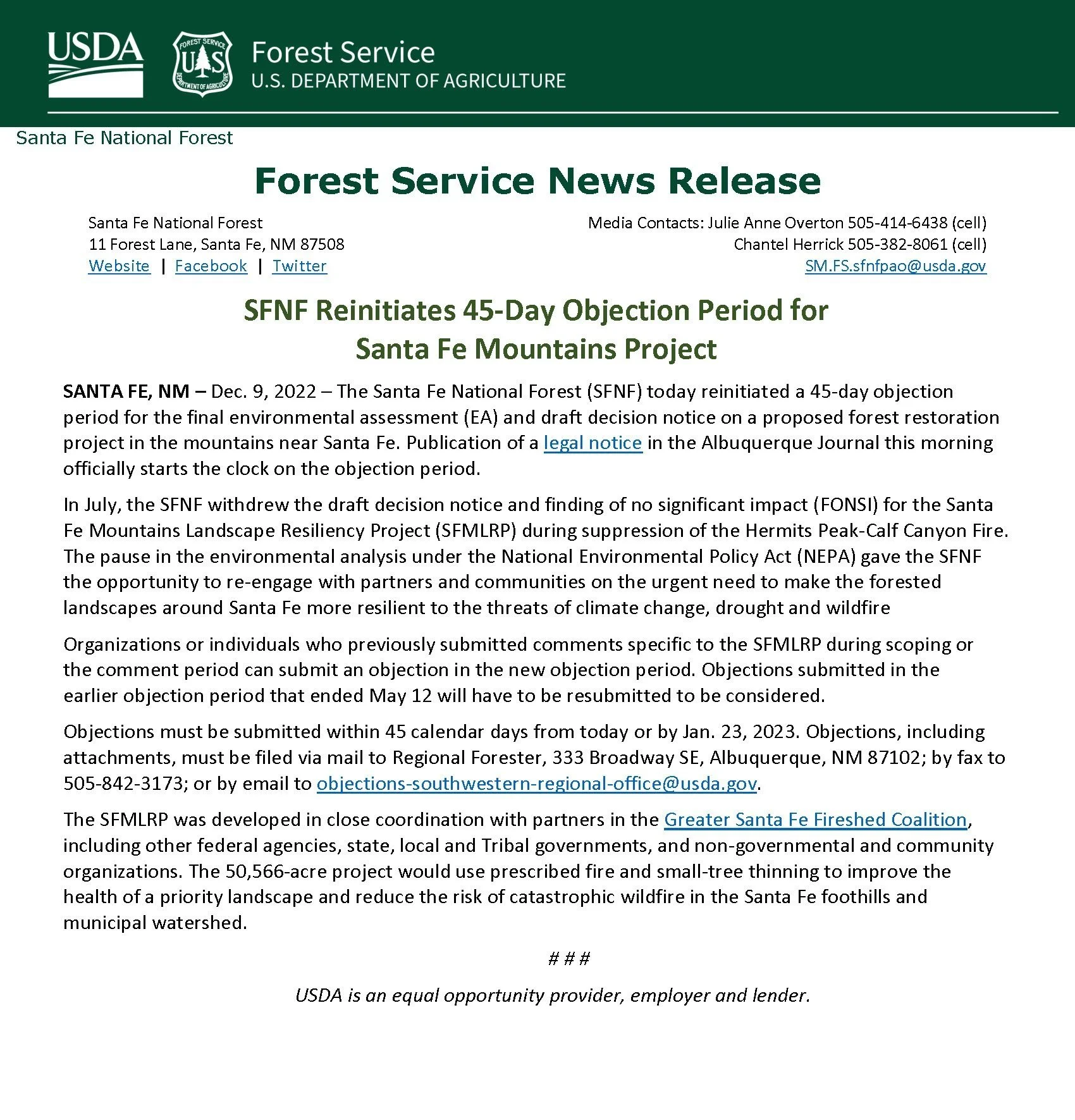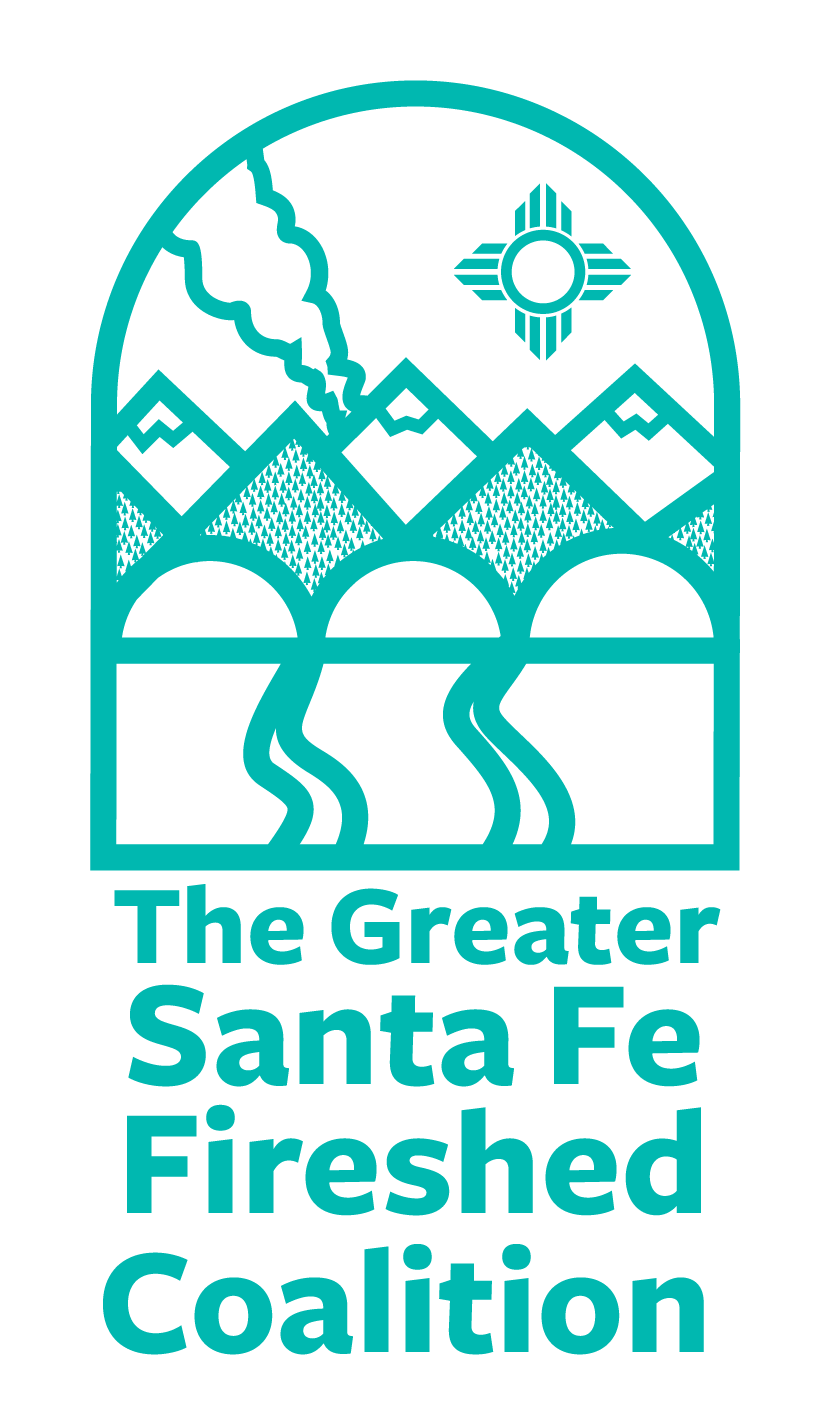Glorieta Camps Prescribed Burning to Begin with Arrival of Snow on January 19
Glorieta Camps, The Nature Conservancy’s Rio Grande Water Fund and the Forest Stewards Guild plan to take advantage of favorable conditions on January 19th, including snow levels, air quality, wind direction, and weather forecasts, to initiate prescribed pile burning at Glorieta Camps. This is the first of ongoing burns throughout the winter when conditions are favorable.
This burn is part of the Camps’ long-term commitment to improve forest health and reduce the risks of wildfire. Smoke and flames may be visible due to the proximity of the site to I-25 and the town of Glorieta. This prescribed burn is happening in the context of the Greater Santa Fe Fireshed Coalition landscape. The Fireshed Coalition supports a HEPA Filter Loan Program so that smoke sensitive individuals can borrow a filter for the duration of the impacts.
This will be the third winter of burning at Glorieta Camps with the Forest Stewards Guild and the Nature Conservancy. The previous two winters were successful at burning, mopping up piles, and patrolling until out.
Up to 50 acres of piles will be treated with hand ignitions by trained and qualified firefighters.
This burn will be implemented within the parameters of an approved burn plan.
The burn is in full compliance with County and state of New Mexico Smoke Permits.
The burn will be implemented with qualified and experienced personnel.
All burn operations will occur with at least 4” of snow on the ground.
The burn will be patrolled and mopped up by trained people until it is out.
Small amounts of piles may be burned each day to limit risk.
The burn unit has fireline around it as an additional contingency measure.
More information on HEPA Filter Loan Program can be accessed here: http://www.santafefireshed.org/hepa-filter-loan-program.
The AHAL Burn Team is supported by an agreement with The Nature Conservancy.
The Forest Stewards Guild is an equal opportunity provider.
###



